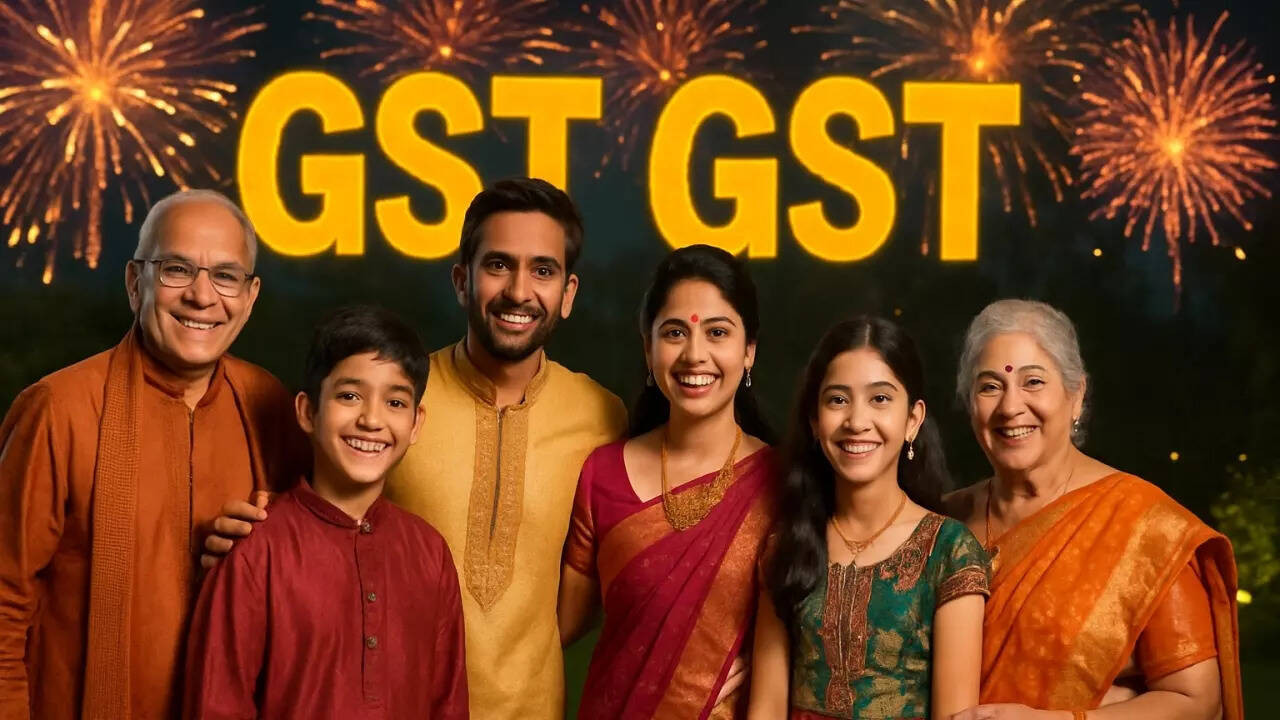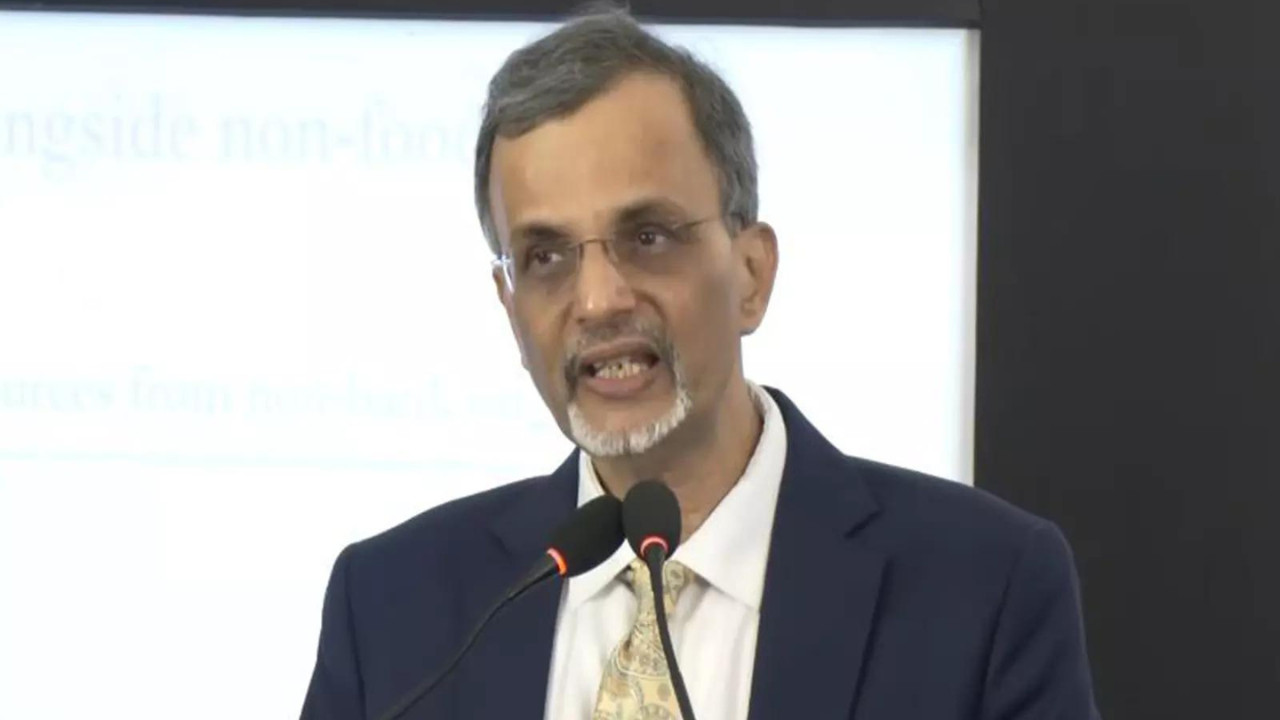Prime Minister Modi announced upcoming GST reforms as a Diwali gift, promising a reduced tax burden. A group of state ministers will meet to discuss potential GST reductions for various products, with some opposing changes due to revenue concerns.
Simplifying Taxes: Could GST Reform Be India’s Next Big Move?
The air crackled with anticipation this Independence Day as Prime Minister Modi hinted at a significant shift in India’s tax landscape. In his address to the nation, he painted a picture of streamlined systems and a lighter tax burden for the everyday citizen. The engine for this change? A sweeping reform of the Goods and Services Tax (GST).
But what exactly does this promise entail? Let’s dive into what we know and explore the potential impact of these proposed changes.
<img src="image-url-here.jpg" alt="Illustration of a stack of coins with the Indian flag, symbolizing potential GST Reform benefits.”/>
A Need for Streamlining: The Current GST Landscape
Since its implementation in 2017, GST has undoubtedly revolutionized India’s indirect tax system, consolidating a maze of state and central levies into a single, unified tax. This has, in theory, simplified interstate trade and reduced the cascading effect of taxes. However, the reality has been somewhat more complex. Businesses, particularly small and medium-sized enterprises (SMEs), have often struggled with the intricate compliance procedures and varying interpretations of the law. The multiplicity of tax rates across different goods and services has also been a source of confusion and debate.
The PM’s words suggest an acknowledgement of these pain points. A simpler, more user-friendly GST system could be transformative, easing the burden on businesses and fostering greater economic activity.
What Might GST Reform Look Like?
While the specifics remain under wraps, the overarching goal seems to be simplification. We can speculate on some possible avenues for change:
* Rate Rationalization: Reducing the number of GST rate slabs is a long-standing demand from businesses. Streamlining the rates would not only simplify compliance but could also reduce classification disputes and associated litigation. Imagine a future with fewer rate categories, making it easier to determine the applicable tax on goods and services.
* Simplified Compliance Procedures: Filing GST returns can be a time-consuming and complex process, especially for smaller businesses. A focus on simplifying these procedures, perhaps through enhanced technology and user-friendly online portals, could significantly ease the compliance burden. This could involve features like pre-filled returns and automated reconciliation tools.
* Addressing Input Tax Credit Issues: The seamless flow of input tax credit is crucial for the success of GST. Resolving existing bottlenecks and ensuring a smoother process for claiming input tax credit would be a welcome step. This could involve clearer guidelines and faster processing of refunds.
* Boosting Technology Infrastructure: Robust technology is the backbone of any successful tax system. Further investment in upgrading the GST Network (GSTN) infrastructure could enhance its capacity, reliability, and security, leading to a smoother user experience for all stakeholders. Perhaps incorporating AI-powered tools to identify discrepancies and assist with compliance.
A Diwali Gift for the Common Man?
The Prime Minister specifically mentioned a “Diwali gift” of reduced tax burden. This suggests the reforms will likely be geared toward benefiting the common citizen directly. This could manifest in several ways, such as lower prices on essential goods and services due to reduced tax rates or simplified compliance for small businesses, ultimately leading to lower costs for consumers.
Furthermore, a more efficient GST system could lead to increased tax revenue for the government, which could then be channeled into public welfare programs and infrastructure development. A vibrant economy benefits everyone, and GST reform could be a catalyst for such growth.
Consider exploring other aspects of the Indian economy through our article on [foreign investment trends in India](internal-link-to-related-content).
Navigating the Future of GST
While details are still emerging, the Prime Minister’s announcement has ignited hope for a more streamlined and user-friendly GST system. The key will be in the execution. The government will need to carefully consider the implications of any changes and engage with businesses and stakeholders to ensure a smooth transition.
It’s a pivotal moment for India’s tax landscape, and the potential benefits for businesses and consumers alike are significant. We’ll be watching closely as these reforms unfold, and we’ll continue to provide updates and analysis as more information becomes available. The promise of GST Reform is a potent one, and delivering on that promise will be crucial for India’s continued economic growth.







